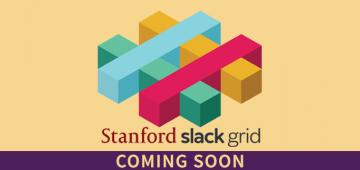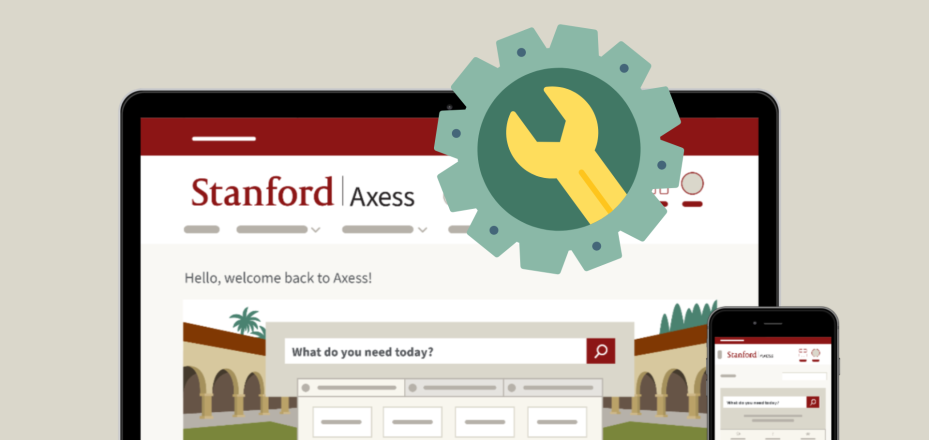Being a Slacker Can be a Good Thing

Although University IT (UIT) is constantly on the lookout for automation to help you and your Stanford colleagues, it is not unusual for great suggestions to bubble up from the Stanford community. Case in point: Slack.
Slack — no, not the SLAC National Accelerator Laboratory, but Slack with a “k” — is a tool that enhances work group communications. It provides a platform for individuals and groups to chat live online and keep conversations organized and accessible from anywhere, anytime.
Thousands of members of the Stanford community seem to agree that being a Slacker enhances their work communications. They have built over 600 Stanford workspaces and sent more than 22 million messages on Slack in the last several years, even before UIT’s support of it as an official service. Don’t worry if you’re not using it yet … your chance to be a Slacker is coming.
In response to its increasing popularity, UIT is preparing for a campus-wide introduction of the Slack service this spring.
Making it better for current Stanford Slack users
Such “organic” growth has not been without its challenges, particularly related to less-than-ideal integration with Stanford’s IT infrastructure. As individual schools, departments, and units have arranged for their own local Slack workspaces, they’ve found that connecting with Stanford colleagues outside their workspaces can be a bit cumbersome.
Last month, UIT began introducing Stanford Slack Grid (Stanford Slack for short) to existing Slack users. By migrating their local Slack workspaces to Stanford Slack, they immediately reap the benefits of UIT’s enterprise-wide offering. Stanford Slack users can:
- Message broadly — Stanford Slack is an enterprise-wide version allowing you to easily instant message individuals and groups, and share topic channels with any of your Stanford colleagues (who have Slack accounts), not just those in your local workspace.
- Connect easily and securely — Stanford Slack lets you quickly log in and authenticate with your SUNet ID.
- Find colleagues easily — Stanford Slack is fully integrated with the Stanford directory, letting you easily find the account of any of your colleagues using Stanford Slack, not just those in your local workspace.
Stanford Slack is part of UIT’s Converged Communications service. That means there will be no incremental cost to you or your work group to use the service. Additionally, providing Slack as a campus-wide solution will make the service more cost-effective for Stanford by eliminating the need for individual units to contract and pay for individual agreements at base pricing.
Continuing the migration
If you currently have a Slack workspace and would like to migrate it to Stanford Slack, complete the Stanford Slack Grid Migration form and the Slack migration team will contact you.
Bringing on new users and new workspaces
As UIT continues the migration of existing Slack workspaces and users to Stanford Slack, it is also preparing to offer the service more broadly to new Slackers. UIT expects to have a service offering for new users and new workspaces available this spring. More information will be available in an upcoming issue of this newsletter as UIT nears a broad release of the Stanford Slack service. Stay tuned!
DISCLAIMER: UIT News is accurate on the publication date. We do not update information in past news items. We do make every effort to keep our service information pages up-to-date. Please search our service pages at uit.stanford.edu/search.



